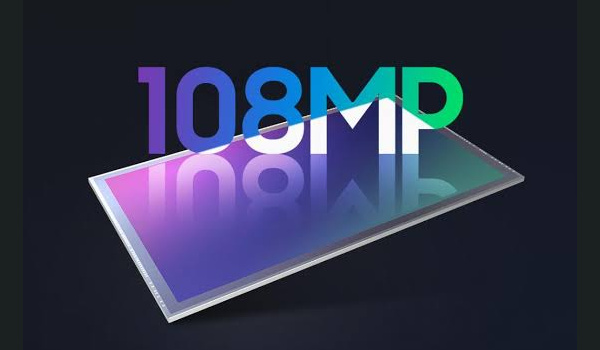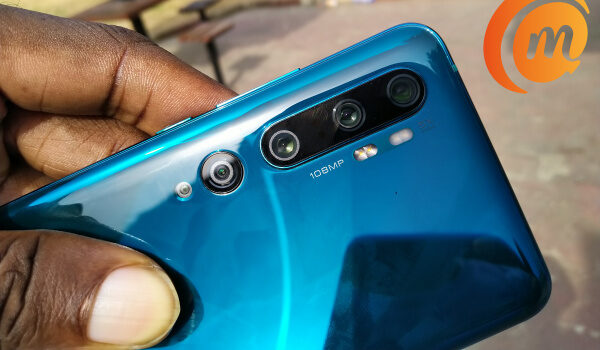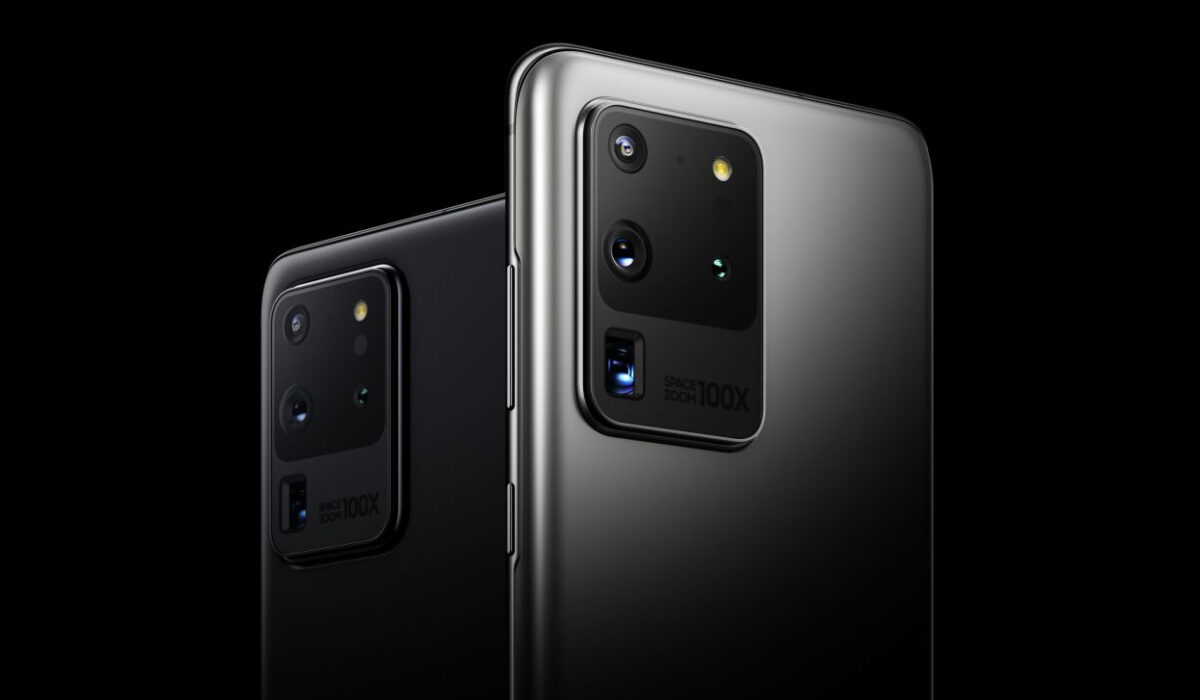Not a lot of us saw the collaboration between Samsung and Xiaomi coming. And personally, when the 108MP sensor was annoucned, I initially met the news with scepticism. 108 megapixels just sounded like overkill. I am happy to recant, having been proved wrong.
Here are some fun facts about the Samsung 108MP ISOCELL that has been put to use in the Xiaomi Mi Note 10 and Mi Note 10 Pro, and now a variant in Samsung Galaxy S20 Ultra. The same sensor (or another variant) will be used in the upcoming Xiaomi Mi 10. The variant used in Xiaomi Mi Note 10 series is the ISOCELL Bright HMX. The X there, we are told, stands for Xiaomi. The variant used in Samsung Galaxy S20 is the ISOCELL Bright HM1.
What are the differences between ISOCELL Bright HMX and ISOCELL Bright HM1?
The differences between both variants are pretty much custom tweaks applied to the core sensor by each manufacturer. Are there any other variants on the way? Time will tell.
How Good is the Samsung 108MP ISOCELL Camera?
The first thing to note is that while the Samsung 108MP ISOCELL camera is capable of capturing 108MP photos, that is not how it is deployed by default. Instead of use it to capture 108MP images, a process of combining multiple pixels into one is used to produce smaller resolution images. In Xiaomi Mi Note 10 Pro, it combines 4 pixels into 1 to produce 27MP photos by default. In Samsung Galaxy S20 Ultra, it combines 9 pixels into 1 to produce 12MP photos by default. So, we are looking at the same camera, similar image processing, but two different implementations. But both do not shoot 108MP photos by default. Combining multiple pixels into one produces superior quality images. It is similar to what Nokia did with the 41MP camera which combined 7 pixels into 1 to produce superior images. Nokia called it pixel oversampling back then. Samsung and Xiaomi call it pixel bining now. Semantics. Note though that the Xiaomi Mi Note 10 also has a 108 megapixel mode in the camera, which lets you take full 108MP photos, should you want to. This is a great option for those who need more details out of a photo that they intend to edit later. We will see whether Samsung’s implementation offers this full 108MP option as well. The bottom line is that it isn’t about the raw megapixel count; it is about what you do with it, and Nokia, Samsung, and Xiaomi got it right putting all those megapixels to good use. I am itching to see how Xiaomi will implement the Samsung 108MP ISOCELL camera on the Mi 10. Judging from how good the Xiaomi Mi Note 10 Pro’s camera is, I am excited about what the Galaxy S20 Ultra has to offer. It is bound to be one of the top camera phones of 2020. It is looking to be an exciting year in smartphone photography. Huawei has been the top smartphone camera brand in the last few years, and Xiaomi and Samsung are challenging that seriously. Will Huawei P40 Pro and its Premium Edition be able to wade off this assault? Google’s Pixel phones have been pushed down the chart of late and Apple’s top iPhone model barely manages to stay in the picture. One thing is certain, the Samsung 108MP ISOCELL camera has upped the stakes and will be the smartphone camera sensor to beat for much of 2020, if not for the entire year. The large megapixel figure is an attention-grabber, but as has been proven by the Xiaomi Mi Note 10 Pro, and as we are already seeing with the Galaxy S20 Ultra, it isn’t about the megapixels; it is about how they are put to use. Follow MobilityArena on social media! We love to connect with you. Do not forget to follow us on Instagram, Facebook, and Twitter.


